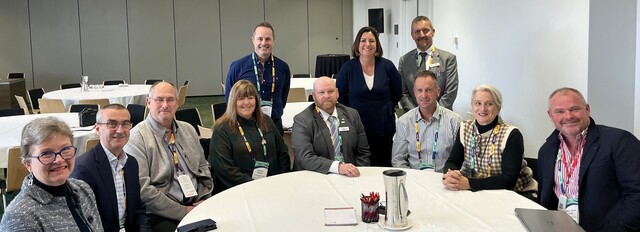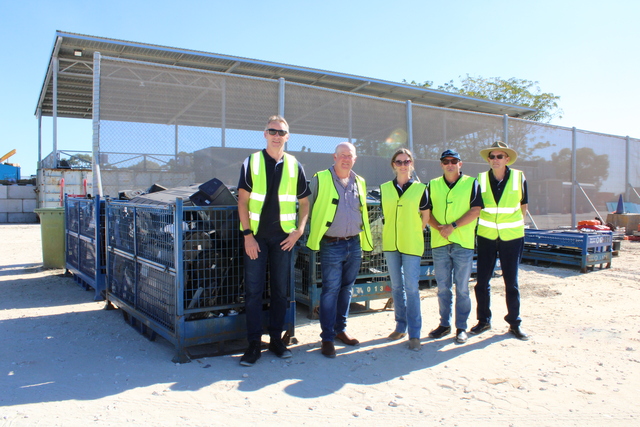A key issue raised at the International Asset Management Conference staged in Melbourne in May was that the old way of preparing budgets, of simply taking last year’s figures and adding or subtracting a few per cent, is no longer sustainable. Aptly described as looking in the rear vision mirror, delegates agreed that this must be discarded in favour of a strategic, forward looking, service driven approach.
For asset management to be driven by service needs, it is vital that Councils are able to identify where there are gaps. They need to have processes in place for ongoing community input to establish spending priorities and what level of service people are prepared to pay for. While this may be an easy concept to understand, it is hard to put into practice without a clear process.
Delegates at the conference also agreed that if the community has ownership of the decisions a Council makes, this takes the heat out of the equation. But to achieve community driven asset management, Local Governments must able to identify and respond to community needs, making satisfaction surveys and ongoing community consultation vital components.
There is no doubt that government funding will increasingly demand Councils show they have long term, strategic planning processes in place, and that they have community support for the spending priorities they have established.
By putting all their cards on the table, some Councils have successfully gone to their residents and ratepayers and said if a small increase in rates for a set number of years is acceptable, a range of new facilities can be built or projects undertaken. Put simply, they explain to residents that various capital works can undertaken immediately. However, without the rate increase a number of these projects may need to wait 10 to 15 years before they can be commenced.
Such schemes may be reliant on the relevant State Government coming to the party, should ratepegging be in place. Councils that can demonstrate they have community support are likely to find the State Government agreeable to the idea.
In same cases, Councils that have raised funds through a special rate for a designated project have then found the State Government prepared to match funding dollar for dollar. This occurred in the case of Mosman Council’s environmental levy, resulting in more works than those originally planned being undertaken and ratepayers extremely happy with the outcome.
As community expectations for services and the costs in keeping up with infrastructure demands continue to escalate, more than ever Local Governments need to working closely with their most important stakeholders – their residents and ratepayers. With 2005/6 budgets about to be finalised, many Councils release detailed, but easy to understand graphs and pie charts about how and where money will be spent.
Perhaps it is time for increased community discussions in the lead up to budget preparations, including various scenarios for specific capital works, if rates were to be increased a set percentage.







